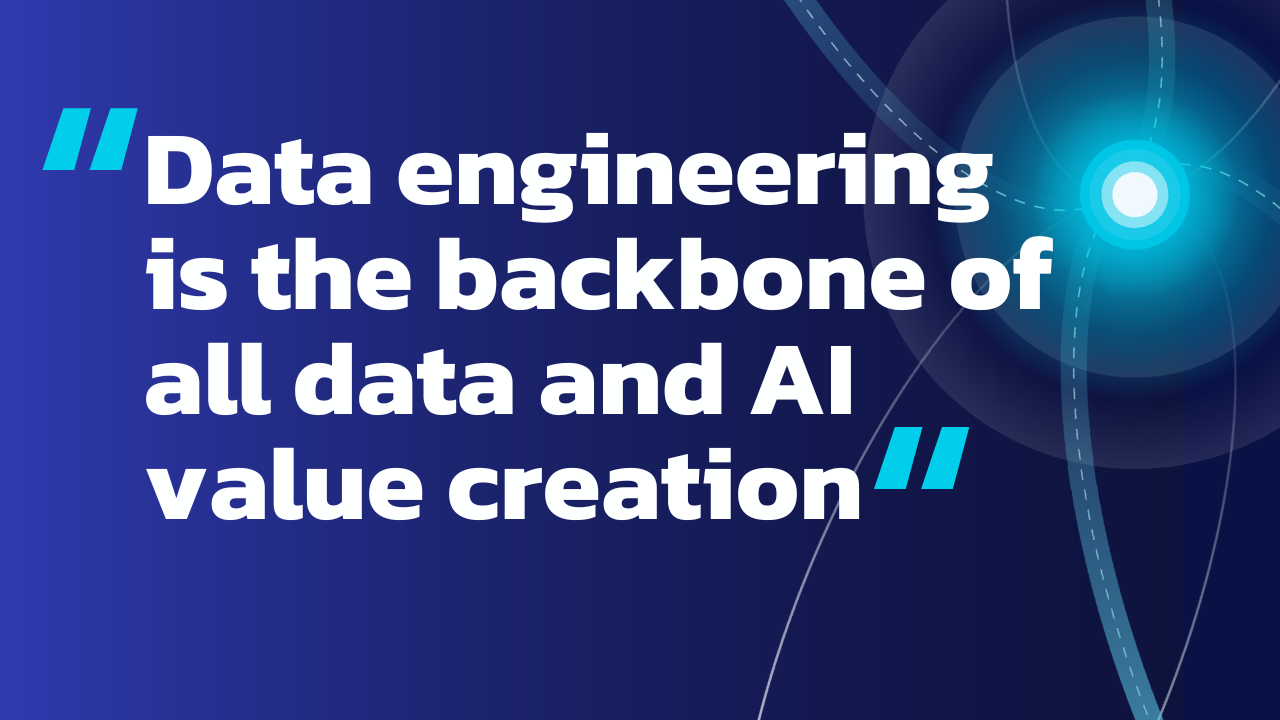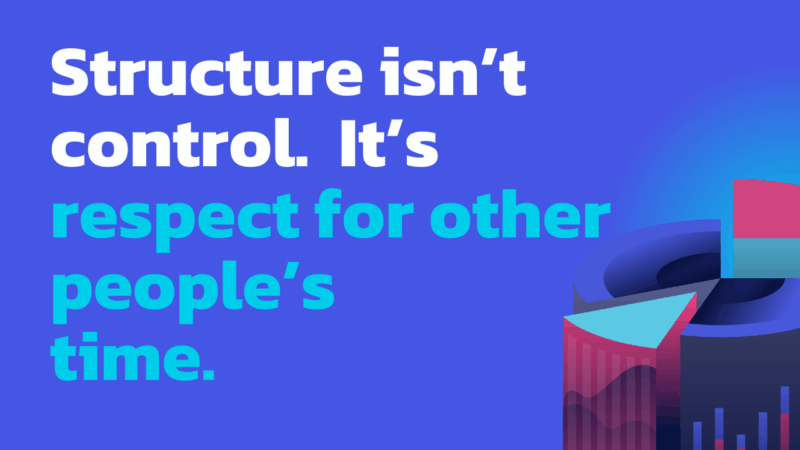
Articles
Why Data Engineering Feels Like a Black Box
Welcome to a new Action series, “Data Engineering Demystified.” Its purpose is simple: to make sense of a discipline that is often essentially invisible. Over the course of these articles, Samad Husain will reveal why data engineering matters, what makes it challenging, and how, among other things, it is powering our AI future.

If you’ve ever waited weeks for a dashboard to refresh, a dataset to land, or an API to finally “just work,” you’ve probably felt it: data engineering can seem like a black box. Stakeholders know data is important, but the process that makes it usable often feels hidden, slow, and mysterious.
From the outside, it’s easy to wonder: Why does it take so long? Why can’t I just get the data and move on with my work? Business leaders, analysts, and product managers alike share this frustration. They see the lag but not the machinery behind it.
“Data engineering is the invisible backbone of all data and AI value creation.”
When it’s working well, no one notices. When it fails, everyone does.
The Plumbing Inside the Black Box
In the data world, we often talk about “pipelines.” The metaphor isn’t accidental. Just as plumbing brings water through a house, pipelines move information through an organization.
Turn on the faucet and you expect cold water to be cold, hot water to be hot, and the pressure to remain steady. With data, it’s no different. When analysts run a query, they expect definitions to be consistent. When executives open a dashboard, they expect numbers to be accurate and delivered on time.
“Bad data can be more dangerous than no data at all.”
If the pipelines aren’t working, if the “water” is murky, missing, or mislabeled, the whole system breaks down. Worse, bad data can be more dangerous than no data at all, leading to decisions based on faulty assumptions.
The Messiness Beneath the Surface
Why does data engineering take time? Because data is a mirror of the real world, and the real world is messy.
Users mistype their zip codes. Names are entered in lower- or uppercase. Systems add invisible characters that throw off downstream logic. A “small” formatting inconsistency, say five versions of the same customer name, can ripple into major business confusion.
Data engineers are the ones who catch these details, clean them up, and make the information usable. It’s painstaking, technical work that requires writing code, anticipating edge cases, and constantly adapting to how humans actually behave within software systems.
Thank Your Neighborhood Data Engineer
“When data pipelines stall, the impact is immediate and painful.”
Data engineering is often thankless precisely because it’s foundational. You don’t think about your house’s plumbing until a hurricane hits and the water shuts off. Similarly, when data pipelines stall, the impact is immediate and painful: broken dashboards, delayed insights, frustrated teams, and stalled decisions.
That’s why the goal of this series is to pull back the curtain. Over the coming installments, we’ll explore data engineering through the eyes of the personas that depend on it: software engineers upstream, analysts downstream, data scientists, architects, and business leaders. Each one feels the “black box” in their own way.
By the end, you’ll see how data engineering isn’t just plumbing. It’s the central infrastructure that makes modern analytics and AI possible.
So, next time you see your neighborhood data engineer, say “Thank you.” Their work may be invisible, but it’s what keeps the faucets running for everyone else.





